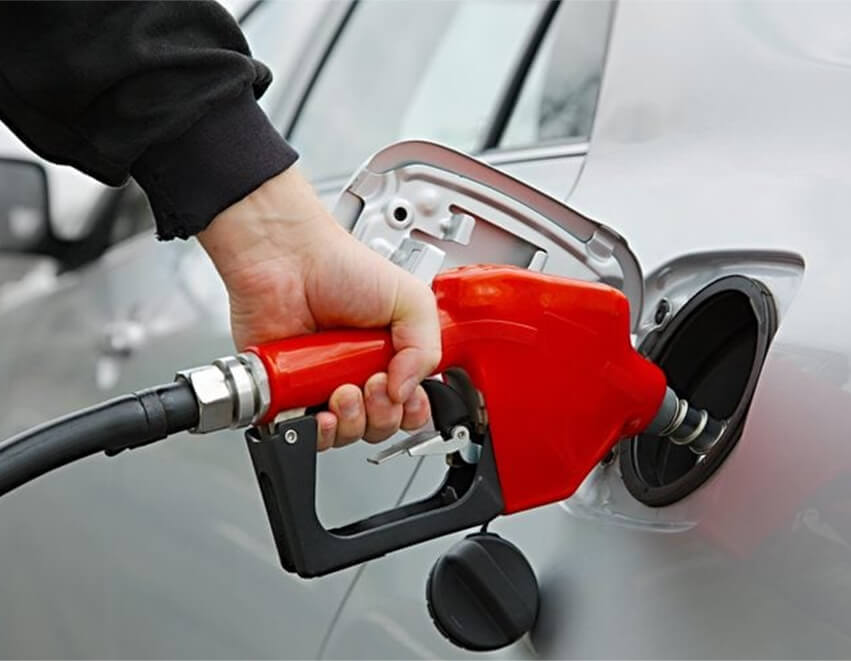Water contamination in a boat’s fuel tank can lead to many problems: engine issues, decreased performance, and even potential damage. And it does happen from to time. If you’re a boat owner who wants to learn how to remove water from a boat’s fuel tank, you’re in the right place. In this post, you’ll learn […]
Water contamination in a boat’s fuel tank can lead to many problems: engine issues, decreased performance, and even potential damage. And it does happen from to time.
If you’re a boat owner who wants to learn how to remove water from a boat’s fuel tank, you’re in the right place.
In this post, you’ll learn what causes water contamination, signs of a problem, and step-by-step methods to ensure your boat’s fuel system remains clean and efficient.
Understanding the potential sources of water contamination is the first step in preventing and addressing the issue. There are several common reasons why water may find its way into your boat’s fuel tank:
As the temperature changes, especially during the transition from warm to cold weather, condensation can form inside the fuel tank. This moisture can accumulate and lead to water contamination over time.
Damaged or worn-out seals and gaskets can create openings for water to enter the fuel tank.
Water can be introduced into the fuel tank during the fueling process especially if there are leaks in the fuel pump or if the fuel nozzle is contaminated.
Storing the boat with a partially filled tank can create an environment conducive to condensation. Additionally, leaving the fuel tank cap off or using a damaged cap can expose the tank to moisture.
Detecting water contamination in your boat’s fuel system early is key to preventing extensive damage. Here are some common signs that indicate the presence of water in the fuel tank:
Learn more details about the effects, preventive measures and repair costs
Once you’ve identified water contamination in your boat’s fuel tank, address the issue promptly by:
Ensure the boat is safely moored or anchored. Disconnect the battery to eliminate the risk of sparks and ensure safety during the process.
Locate the fuel tank drain valve or plug. Consult your boat’s manual if needed. Place a container below the drain valve to collect the drained fuel. Open the drain valve and allow the contaminated fuel to drain out completely.
Examine the drained fuel for the presence of water. Water typically settles at the bottom, so you may notice a separation between the fuel and water layers.
Install a fuel-water separator in the fuel line between the tank and the engine. Run the engine, and the separator will trap water, preventing it from reaching the engine.
Utilize specialized fuel additives designed to absorb and remove water from the fuel system. Follow the product instructions carefully, as different additives may have specific application procedures.
Replace any fuel filters that may have become contaminated with water. Ensure that the entire fuel system is free from water by inspecting all components thoroughly.
Once the fuel tank is drained and cleaned, refill it with fresh, clean fuel. Ensure that the fuel cap is secure and in good condition to prevent future water contamination.
Start the engine and monitor its performance closely. If issues persist, seek professional assistance to identify any lingering problems in the fuel system.
Consider implementing regular inspections, observing proper fueling practices, maintaining fuel levels, and investing in quality fuel additives to minimize the risk of water contamination in your boat’s fuel tank.
Maintaining a clean and efficient fuel system is essential for the optimal performance of your boat. Learning how to identify and remove water from the fuel tank, as well as implementing preventive measures, ensures a trouble-free boating experience.
By staying proactive and conducting regular inspections, boat owners can enjoy the open waters with confidence, knowing that their vessel’s fuel system is in top condition.
Visit OUR WEBSITE for more information and other helpful tips.




